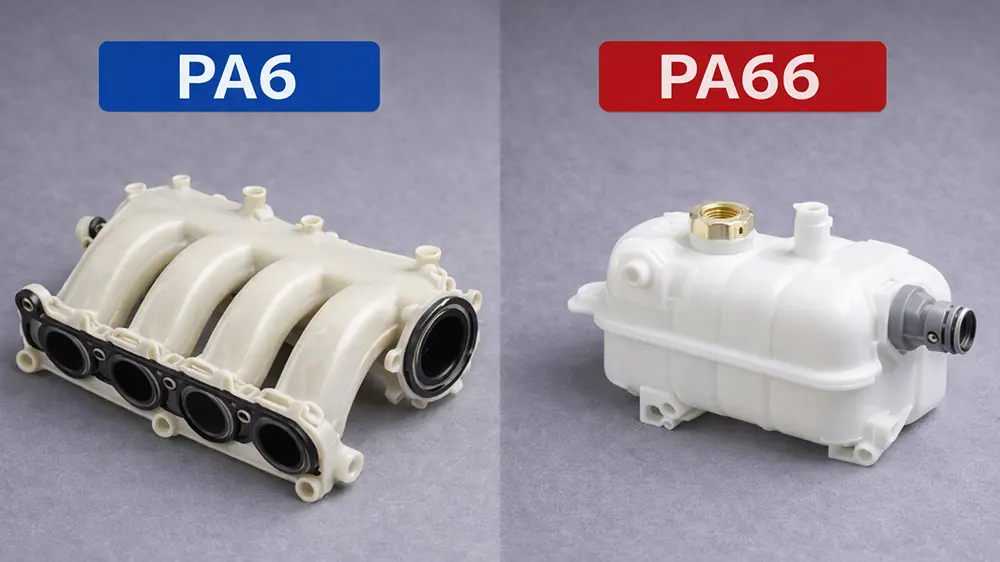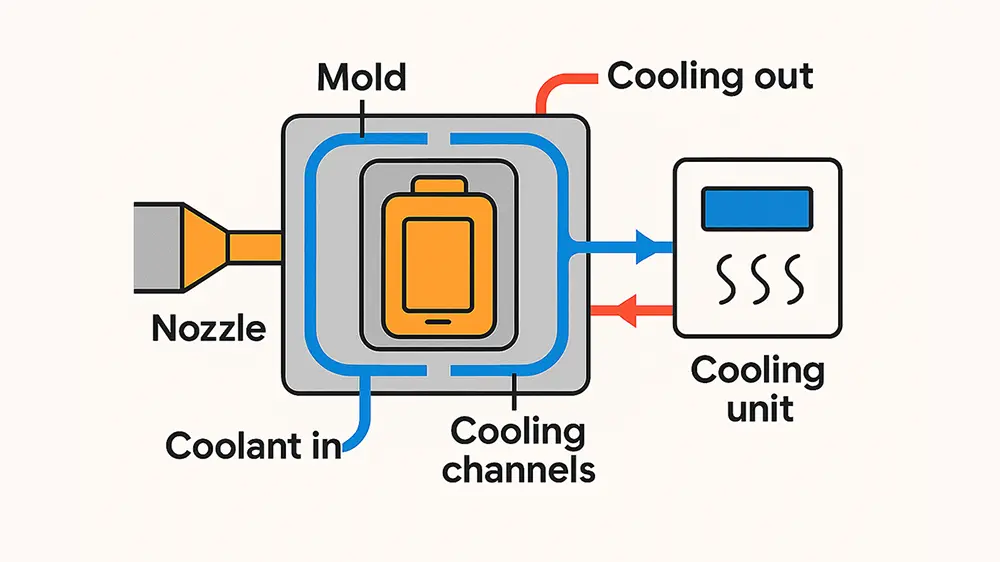Introduction of CNC Machining
Using preprogrammed computer software incorporated in the tools, computer numerical control (CNC) is a manufacturing technique that automates machine tools’ movement, control, and accuracy (What Is Computer Numerical Control (CNC)?, n.d.). A wide range of advanced medical devices are used extensively in the field to diagnose, treat, and enhance patient outcomes. Computer software is used in CNC machining to regulate the movement of the cutting tools. These instruments remove material from a solid workpiece in order to form the final shape that is needed. The first step in the procedure is to create a Computer-Aided Design (CAD) model, which is a digital blueprint with exact specifications for the device(Soori et al., 2024). The CNC machine is then given precise instructions on how to move the cutting tools by use of a computer software created from this model. A variety of technologies are included in CNC machining, but milling and turning are especially important for the manufacture of medical instruments. Using spinning cutting blades, milling machines can remove material at different angles, allowing for the fabrication of intricate three-dimensional designs.
Turning machines spin the workpiece while a cutting tool that is fixed molds its cylindrical characteristics. A surgeon’s delicate scalpels or the complex parts of a diagnostic machine depend heavily on these instruments’ accuracy and functioning. One of the key technologies that make these devices possible is CNC machining, a computer-controlled subtractive assembly method that has completely changed the way medical instruments are made. This article will examine the uses of CNC machining in this field, go over its primary benefits, and go over important factors to take into account before using it in medical settings.
Application of CNC Machining in Medical Instruments
In crucial fields and businesses including healthcare, aircraft, the military, and defense, CNC is essential. Businesses in these sectors require the highest degree of precision in their parts, which CNC machines can provide because a component failure might threaten lives. Medical equipment uses CNC machining in a wide range of dynamic applications. CNC machining makes it possible to precisely create complex geometries in a variety of surgical equipment, such as bone drills, retractors, scalpels, and forceps. Achieving tight tolerances that is, very little variance from the desired dimensions is essential. Tight tolerances reduce the possibility of tissue injury and facilitate delicate procedures by ensuring a flawless fit between surgical tools. additionally, CNC machining makes it possible to give surgical tools clean surface finishes, improving their sterilizability and lowering the chance of infection after surgery (Mech Power⚙️, 2020).
In addition to surgical instruments, CNC machining is essential to the creation of implanted devices. Joint replacements, prosthetics, and bone screws are a few types of medical items that are made with CNC machining. Biocompatible materials that is, materials that the human body can tolerate are crucial in this case. The application of these specific materials is made easier by CNC machining, which also maintains the high level of accuracy required for optimal performance and patient safety. Another area where CNC machining is useful is in the complicated parts of different medical devices. Pacemakers, imaging equipment, diagnostic tools, and other instruments depend on precisely machined parts to perform as intended. The creation of more complicated medical equipment is made possible by the great accuracy with which complex geometries may be produced by CNC machining.
Advantages of CNC machining in Medical Instrument Manufacturing
The use of CNC machining in the production of medical instruments has many benefits. Among the biggest advantages is the capacity to attain extraordinary accuracy and precision. With very few errors, CNC machines reliably replicate complicated geometries, guaranteeing a high level of reproducibility in the production process. This accuracy reduces the possibility of a medical device malfunctioning during crucial operations by ensuring that it performs as planned. Moreover, CNC machining provides incredible adaptability. This makes it possible to develop a wide range of medical devices with characteristics suited to their particular uses. For example, some surgical tools might need to be both flexible and strong, while implanted devices need to be made of materials that are biocompatible and blend in with the body naturally. These many demands are met by CNC machining(Williams, 2020).
The cost-effectiveness of CNC machining is another important benefit, especially for high-precision and low-volume manufacturing. For any new instrument design, traditional production techniques can need a large amount of installation time and tooling expenses. Nevertheless, CNC machining makes use of digital models, which does away with the requirement for substantial retooling for every manufacturing run. Additionally, by carefully removing just the material required to create the desired form, CNC machining reduces wasteful material usage. This results in lower costs and a production method that is more ecologically friendly(Williams, 2020).
Consideration of CNC machining in medical applications
However, there are several of issues that need to be carefully taken into account before using CNC machining in medical applications. Respecting the stringent legal regulations controlling the production of medical devices is one of the most important factors. These rules cover sterility, biocompatibility, and stringent quality control methods to guarantee the safety of patients and the effectiveness of devices. To ensure that compatible medical devices are produced, these rules must be taken into consideration throughout the design and implementation of CNC machining operations (2023).
Another important factor to consider in medical applications is surface finish. For medical equipment to be properly sterilized and to stop bacteria from growing, its surfaces must be flawless and smooth. The risk of getting sick after surgery might be increased by germs that are harbored on rough surfaces. These flawless finishes may be obtained by optimizing CNC machining operations using certain tools for cutting and machining settings(Sousa et al., 2020).
Conclusion
When it comes to the manufacture of medical instruments, CNC machining is revolutionary because it offers perfect automation via computer software. This technology produces a wide range of equipment with remarkable precision and dependability, meeting the exacting demands of the medical industry. Its adaptability ensures constant quality, which is essential for patient safety, by meeting a range of applications from intricate implanted devices to delicate surgical equipment. Additionally, CNC machining is economical, reducing waste and setup time, which makes it appropriate for high-precision and low-volume manufacturing. However, in order to ensure compliance with safety rules and appropriate sterilization, incorporating CNC machining in medical applications necessitates paying attention to legal demands and surface quality standards. All things considered, CNC machining transforms the manufacturing of medical instruments by providing unparalleled accuracy, adaptability, and efficiency, spurring innovation and improving patient care.





